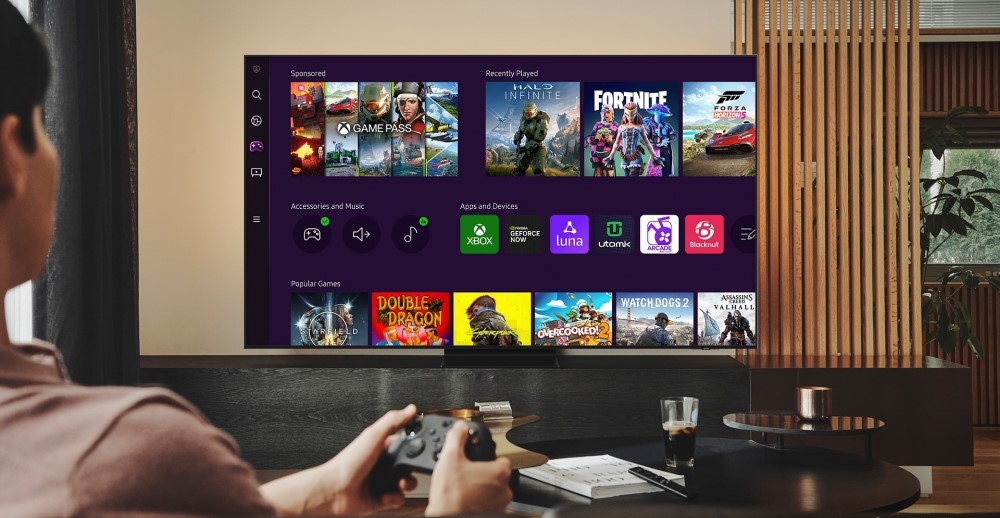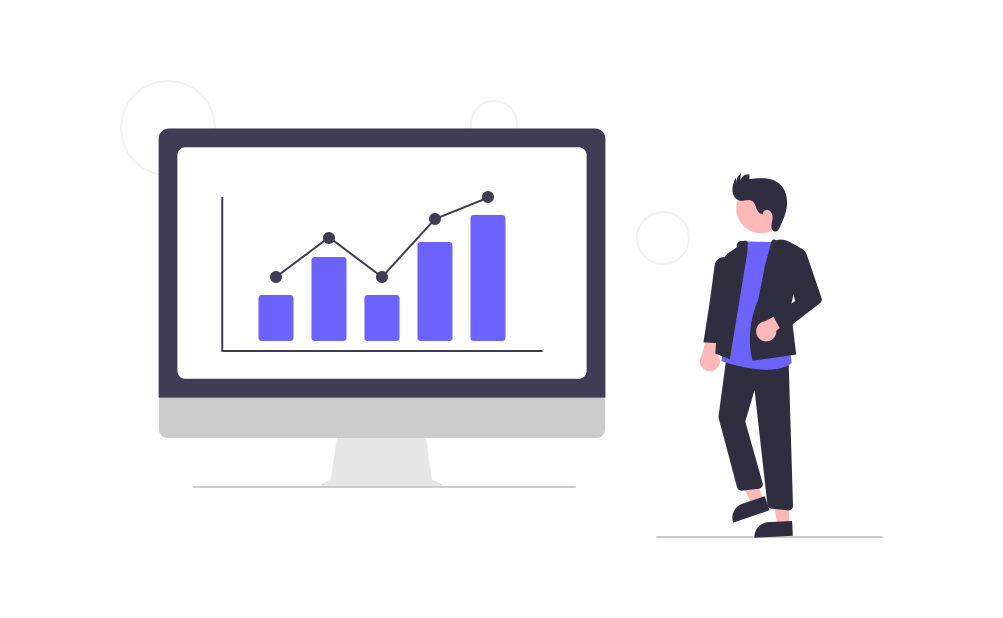Google somewhat unexpectedly lifted the lid on its fee structures across DV360, Google Ads, and Google Ads Manager, via two blog posts earlier this week.
VAN spoke with leaders from across the industry to hear whether these fees are in line with their expectations, and whether they believe Google’s take rates are fair or not.
 Wayne Blodwell, Founder & CEO, The Programmatic Advisory
Wayne Blodwell, Founder & CEO, The Programmatic Advisory
I was really surprised that Google just came out with this cost disclosure under relatively little immediate pressure. I think their incentive is to get ahead of the string of anti-competitive suits they’re facing and will be facing. It’s also strange that their take rates for Google Ads and DV360 net out to the exact same amount 31 percent, despite having different buying models across the two offerings (potential motivations to maximise margin over client goals on Google Ads).
It’s good to see Google opening up like this though, so massive fair play to them for doing so . There will be many that say their fees are on the high side on a like for like basis – but that’s simply a data point that decision-makers can use in their decision making. If they don’t like it and think they can get better performance elsewhere, they should go for it.
 Nicole Lesko, SVP Data, Ad Platforms & Monetization, Meredith Corp
Nicole Lesko, SVP Data, Ad Platforms & Monetization, Meredith Corp
Google publishing some of their fees is a great leap in transparency, and we hope more chain participants respond in kind. Their rates in the example are significantly higher than other SSPs, though the demand side seems comparable.
One key omission in their blog post is the CPM-based ad-serving fee to use GPT (Google Publisher Tags). By my calculations, a publisher cannot quite make 69 percent as GPT is a pre-requisite to deliver Google Ads and DV360 demand. In addition, while the blog posts give some useful insights, they only address the most simplistic open programmatic supply path. In most cases, there is much greater complexity transacting within the ecosystem. In any case, this is a big step in the right direction, and with Google cracking open the transparency door, will the black box of dynamic allocation be next?
 Tim Hussain, Global Managing Principal, Ebiquity
Tim Hussain, Global Managing Principal, Ebiquity
Firstly I’m wondering why this is coming out now. It’s not like Google to interact with the industry unless they’re making some changes or they’re in a defensive position, but there’s not been a lot of press around this issue recently.
However this is the first year that Google is forecast to potentially see a decline in advertising revenue, so it may be related to that, and Google is also being looked at by regulators at the moment.
In terms of the fees, I don’t think 31 percent for something which is so automated is really acceptable given their dominant position in the market. For many publishers in the long tail, there aren’t really alternative solutions to work with. Imagine if credit cards were to charge shops 30 percent for processing fees, the government would look into that. Or look at the tech costs for TV advertising, those are in the single digits. So 31 percent seems very high.
 David Counsell, Head of Trading & Patrick Shepherd, Account Manager, the7stars
David Counsell, Head of Trading & Patrick Shepherd, Account Manager, the7stars
In the shadow of the PwC Programmatic Supply Chain Transparency report, there has been a noticeable increase in scrutiny of the flow of revenue from brand to publisher – and rightly so. With such a complex path from bid to delivery, involving various intermediaries along the supply chain (agencies, SSPs, DSPs, exchanges and publishers to name but a few) there needs to be clear accounting of what happens to client budget.
Google have attempted to take a step to address this. And whilst these entry level figures they’ve revealed aren’t unsurprising when broken out into the constituent parts (DSP fees of approximately 13 percent, SSP fees of approximately 18 percent), their results differ from the PwC report by a significant margin (PwC reported a figure of 51 percent revenue reaching publishers).

Sadly, the new releases of information from Google only serve to answer a question that wasn’t being asked. There were no widespread industry accusations of Google stealing money in the chain. Being transparent over their pricing model on both ends of the chain offers no real surprises. It provides a simple explanation of a very basic transaction that is possible, cleanly, which isn’t unique to publishers selling or agencies/advertisers buying ads online across the market.
The articles essentially just highlight Google’s invoicing process and their ever-growing control over advertising budgets, with exceptionally healthy percentages of ad revenue from both the buying and sell ends of the ecosystem.
 Richard Reeves, Managing Director, AOP
Richard Reeves, Managing Director, AOP
Following the ISBA programmatic supply chain transparency study – the first comprehensive overview of how money is spent in each area of the UK’s programmatic supply chain – the industry has a clearer understanding of the difficulty in inspecting numbers of this nature. I am also aware that while the UK market may give some insight into the US market, it would be a mistake to conflate the two.
Google, like all of adtech, is being evaluated and urged to support the move to greater transparency. I applaud its will and those of others making clearer their practices and processes, and the transparency of how those practices work within the ecosystem.




